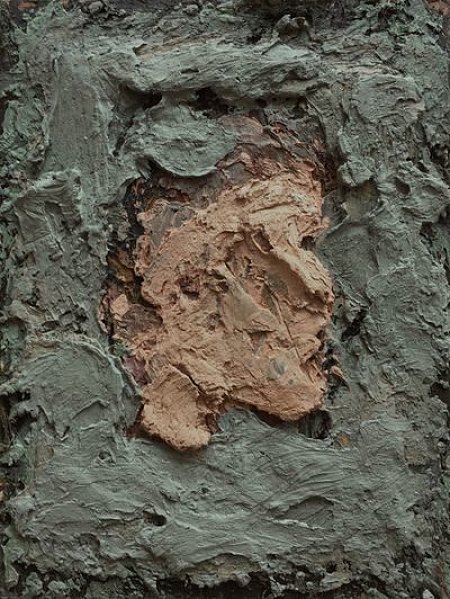
Travels with Pat
Sitting on the terrace of the Monterey Court on a recent mild February evening in Tucson, listening to my neighbor John Coinman finish a song (“Forty Crosses on the Road to Ajo”) about the loss of his old friend, my attention turned inward. When you lose a friend who was the companion of your youth, your blood brother with whom you shared all the hope and determination of conquering the world with your art—when this happens to you and you are my neighbor John, you sing a song about it.
My friendship with Pat Kent, dead these twenty-five years now, was like John’s with his friend: hitchhiking together through the Southwest, dropping out of college together, getting as far from home as we could, dreaming of being writers. What happens when you lose a friend so close you finish each other’s sentences? You finish your own sentences, I guess.
It’s an old, old story, older even than the Greek epics. Gilgamesh’s friendship with Enkidu, the tamed wild man of the forest, begins with a fight that ends in their sworn fellowship. Together they kill the Bull of Heaven sent by the vengeful goddess Ishtar. Together they tackle the most fearsome creature imaginable, the Humbaba. Gilgamesh strikes the first blow, Enkidu the second. We are not told who strikes the third blow that fells the monster; thus does the poet indicate the closeness of their cooperation. To find the creature, Gilgamesh and Enkidu have braved the fearsome wood that stretches ten thousand leagues in every direction. But Enkidu has a dream: The gods have decided that one of them must die. Enkidu knows that Gilgamesh is the hero of this poem, so it is Enkidu who sickens and dies. The author of the Gilgamesh epic, writing at the end of the third millennium before Christ, knows the varied feelings the death of a friend engenders and how these are mixed.
When my friend Pat died, he and I were in our late forties. The bloom of youth was off, but there was plenty of world left to conquer. Pat had increased the number of languages for which he did technical translations to twenty-two—he was a remarkable linguist. I had published my fourth book and was a couple of years from being named chair of my college department. His cancer had already metastasized when he was diagnosed, and it took only about a year to kill him. This death brought me stinging grief followed by the emptiness of loss. But other feelings forced themselves into the grief. The bloom of youth was off for sure with the realization of my own mortality. Pat’s death was the closest that had yet touched me. A kind of futility replaced my anticipation of the future.
Montaigne’s great friend Étienne de La Boétie was only thirty-two when he died, and Montaigne was thirty. He celebrates their comradeship in one of his first essays, “On Friendship.” Astute readers, including Virginia Woolf and Montaigne’s translator Donald Frame, have written about his need to write to preserve his mental health, as well as the fact that the first series of essays was written in the half dozen years after the death of his friend. He tells us himself that his first idea about the form his writing should take came from letters written to La Boétie. But he happily settled on that form which, if he didn’t invent it, certainly traces its modern origin to him. For the New Yorker writer Adam Gopnik, the form of the essay itself reproduces the wish to communicate in this personal fashion: It says to the reader, “You’re my best friend.”
Gilgamesh experiences a profound fear of his own death following that of his friend. He goes on a quest for eternal life. After a number of adventures, the futility of the quest finally gets through to him, and he returns to the city of Uruk, whose walls he built himself, and, in the words of one of his translators, Nancy Sandars, he “engraved on a stone the whole story.”
Grief, thoughts of one’s own mortality, and a stab at immortality for ourselves, our dead friends, and our friendship: Sing the song, build the city, preserve the story in stone, write the essay.
